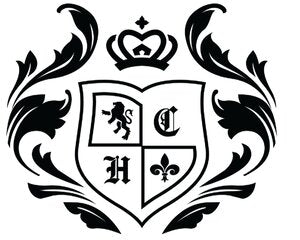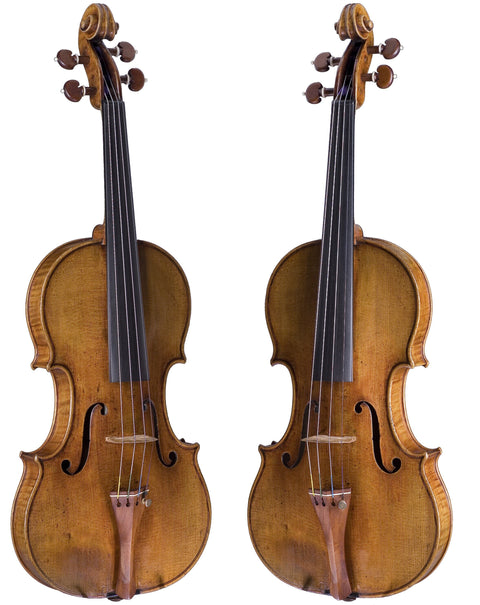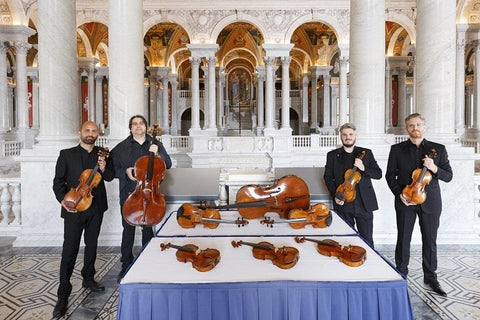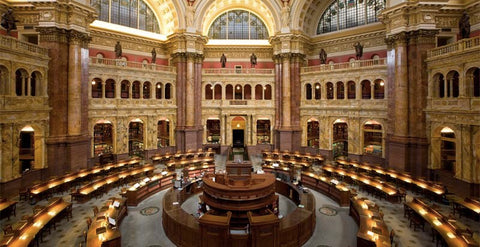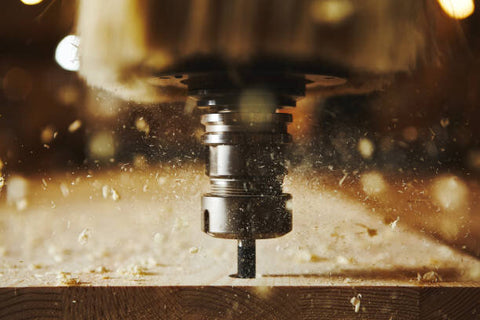The 1700 "Ward" Violin by Antonio Stradivari, Cremona
Built in 1700, the “Ward” is one of Antonio Stradivari’s most beautifully preserved violins, boasting a rich orange-red varnish matched aside wide flames that span across the instrument’s ribs and back. Constructed at the dawn of Stradivari’s “Golden Period,” the Ward has been described by violinist Earl Carlyss as producing “a dark, chocolaty sound that blends unusually well with the viola and cello.”
The violin’s name dates back to its ownership by J. Ward, a Londoner who sold the instrument in 1907 to W.E. Hill & Sons. While it then transferred between multiple owners over the following decades, in 1936, musical philanthropist Gertrude Clarke Whittall donated the “Ward” violin to the United States Library of Congress, where it sits today. Also donating the “Betts” and “Castelbarco” violins, the “Cassavetti” viola, and the “Castelbarco” cello, Mrs. Whittall hoped for the magnificent instruments to “be played by many different musicians,” and established a Foundation intended to support their maintenance and use in concerts.
For several years thereafter, the “Whittall Strads” were played by a number of guest string quartets, but the musicians each only had the opportunity to play the instruments for one or two concerts and found it difficult to become familiar with their use. To resolve this problem, the Library decided to host resident ensembles to use the collection, although this in turn limited the opportunity to play such magnificent instruments to a select few musicians.
But that was in the 1930s. A lot more is possible today. By Fusing high-resolution 3D graphical imaging technology, precise multi-axis machining capabilities, and decades of experience mastering the luthier craftsmanship, we are now capable of turning Mrs. Whittall’s dreams into reality.
Hellweg & Cloutier was founded with the mission to expand the reach of history’s greatest stringed instruments. We are humbled to present a replica of Stradivari’s “Ward” violin that we believe faithfully captures the tonal brilliance of the original masterpiece. From the precise graduations mapped throughout the sound chamber, to the chisel marks made by Stradivari himself, to the balance of the violin as a whole, we believe that our instruments can match or exceed the sound quality, look, and feel of what could previously be afforded by only corporations or the aristocracy.
